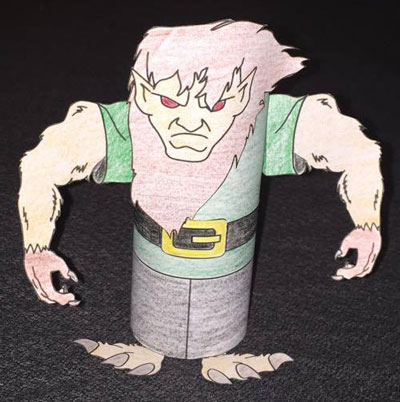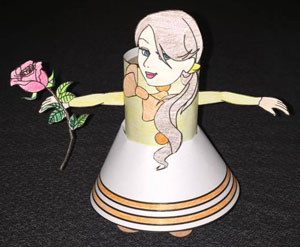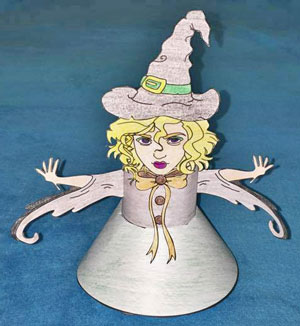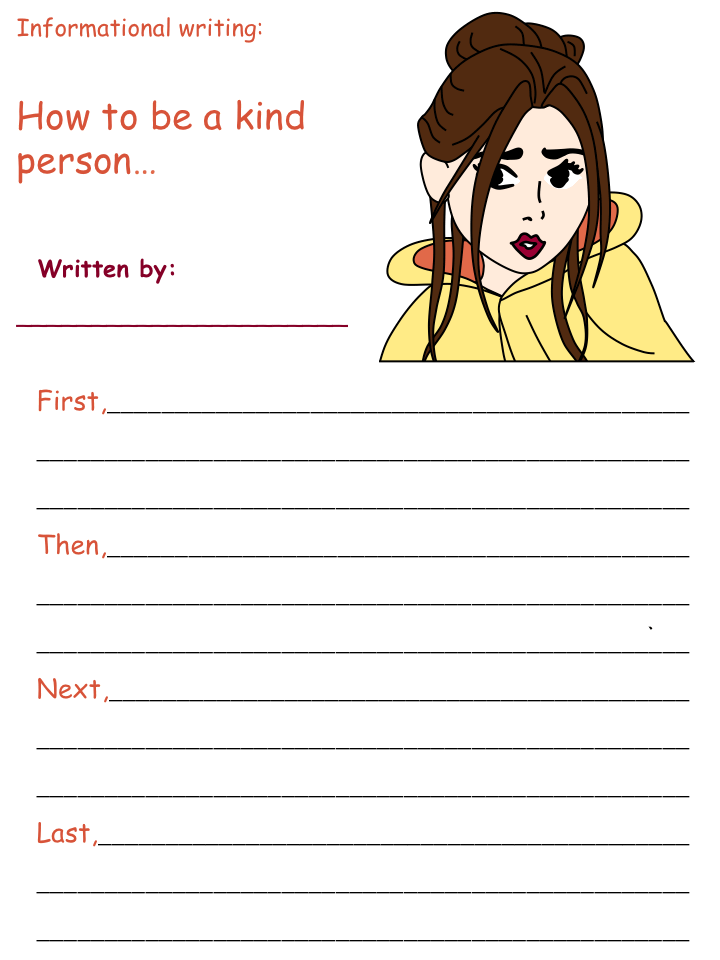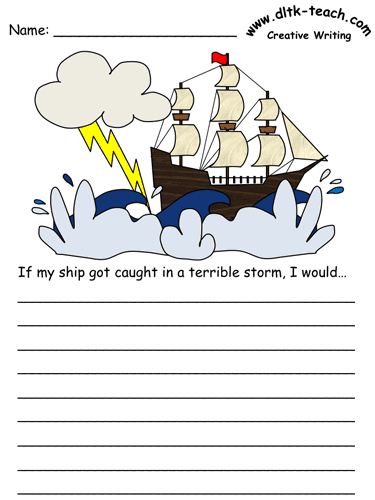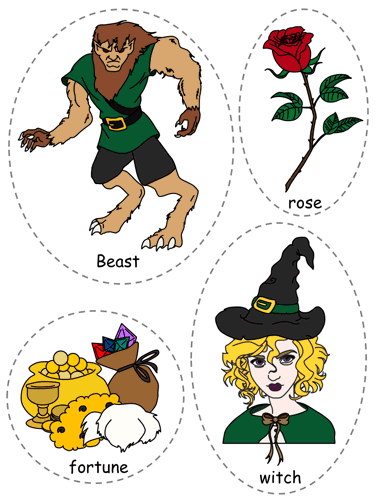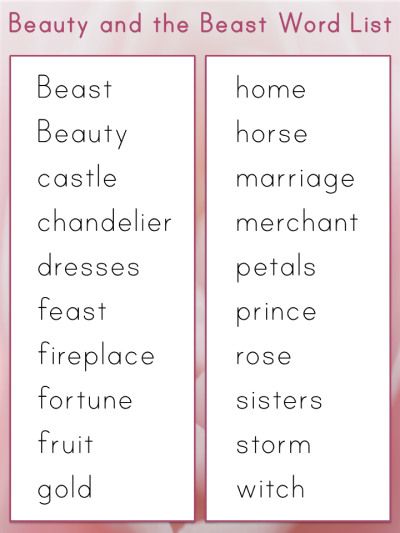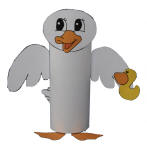DLTK's Fairy Tales Activities
Beauty and the Beast
The original fairy tale "Beauty and the Beast" (La Belle et la Bête) was written by French author Gabrielle-Suzanne Barbot de Villeneuve. It was first published in 1740. The story was later abridged and rewritten by Jeanne-Marie Leprince de Beaumont in 1756, which is the version that became more widely known and popular. The story on our website was written by my daughter Kaitlyn.
Beauty and the Beast Crafts:
Beauty and the Beast Creative Writing Resources:
Beauty and the Beast Printable Resources:
Beauty and the Beast Puzzle Worksheets:
The History of "Beauty and the Beast"
"Beauty and the Beast" is one of the most beloved Fairy Tales, captivating readers and audiences for centuries with its timeless story of love and transformation. The tale centers on Beauty, a kind and intelligent young woman, and the Beast, a prince cursed to live in a monstrous form. Through her compassion and bravery, Beauty breaks the curse, revealing the Beast's true nature and finding true love.
Origins and Early Versions
The earliest known version of "Beauty and the Beast" was written by French novelist Gabrielle-Suzanne Barbot de Villeneuve in 1740. This version was a lengthy and intricate narrative, aimed at an adult audience. Villeneuve's story included detailed backstories for both Beauty and the Beast, providing context for the curse and the characters' motivations.
In 1756, Jeanne-Marie Leprince de Beaumont abridged and simplified Villeneuve's version, making it more accessible and popular. Beaumont's version focused on the essential elements of the story, omitting much of the background and secondary characters. This streamlined narrative is the one most familiar to modern audiences.
Ancient Roots and Cultural Variations
The tale of "Beauty and the Beast" has ancient roots, with similar stories found in various cultures. One of the most notable parallels is the Greek myth of "Cupid and Psyche," which explores themes of inner beauty, redemption, and the transformative power of love. Other folklore traditions across the world also feature narratives where a beautiful maiden redeems a beastly figure through love and compassion.
Adaptations and Cultural Impact
Over the years, "Beauty and the Beast" has inspired numerous adaptations in literature, theater, film, and other media. Each adaptation brings a unique interpretation to the classic tale, but the core message of looking beyond appearances to find true beauty remains constant.
One of the most well-known adaptations is Disney's 1991 animated film, which introduced the story to new generations with memorable characters and music. The success of this film led to a live-action remake in 2017, further cementing the tale's place in popular culture.
The story has also been adapted into operas, ballets, and various stage productions, demonstrating its versatility and enduring appeal. The tale continues to be a favorite in homes and classrooms, celebrated for its rich characters, moral lessons, and the enduring power of love and kindness.
Educational Uses
In educational settings, "Beauty and the Beast" is often used to teach themes of empathy, understanding, and the importance of inner beauty. The story's moral lessons resonate with children and adults alike, making it a valuable tool for discussing complex emotional and social topics.

